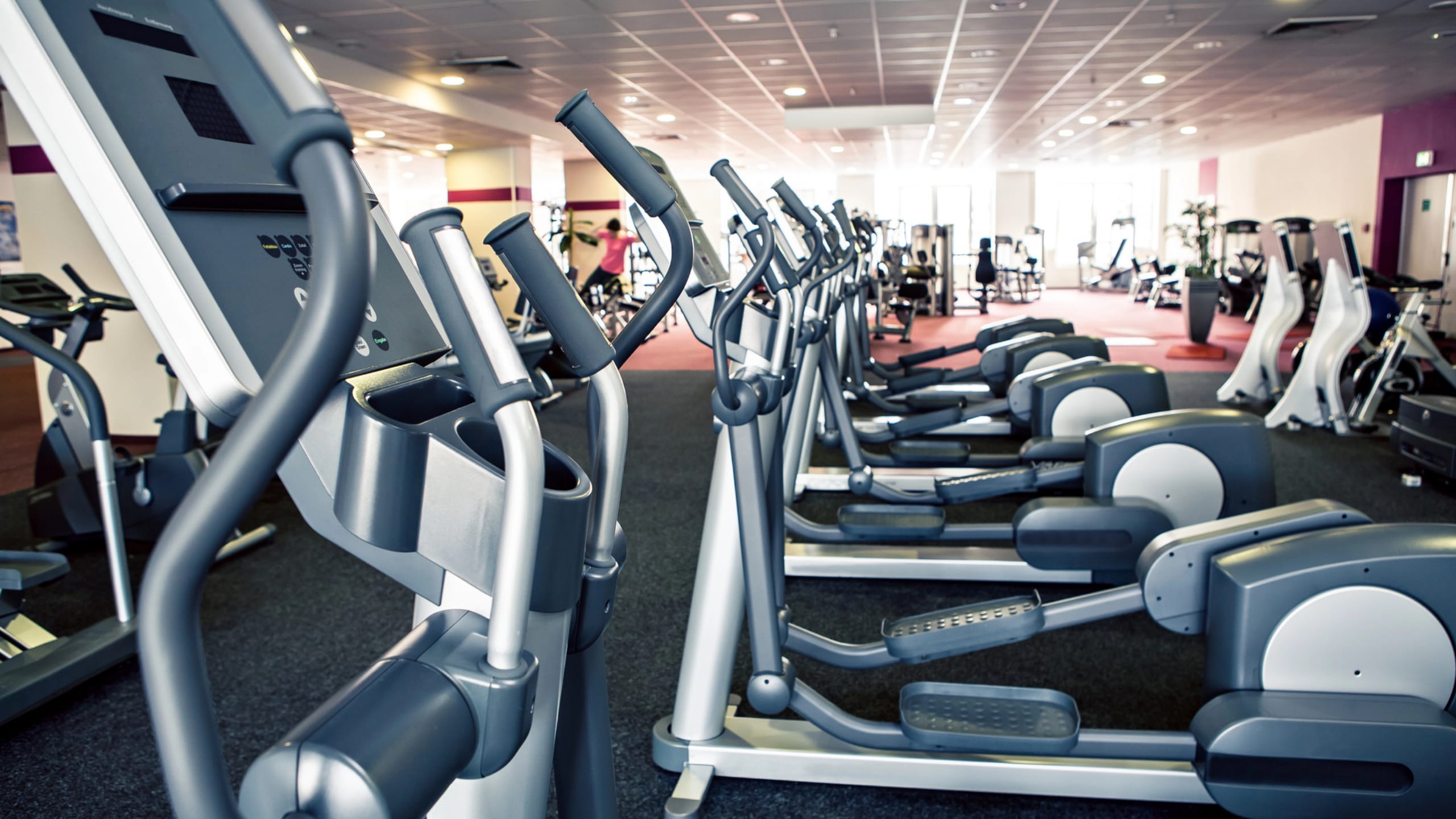

Physical benefits of sensory integration therapy include improved coordination, balance, and body awareness. Engaging in activities that stimulate different senses can help individuals develop better proprioception and vestibular function, leading to increased confidence in movement and participation in daily activities. Furthermore, the cognitive benefits of sensory integration therapy are significant. By providing opportunities for individuals to engage with their environment in a meaningful way through touch, sight, sound, smell, and taste, this type of therapy can enhance cognitive abilities such as problem-solving skills, memory retention, and social interactions. Overall, the role of sensory integration therapy in improving physical and cognitive functioning in neurodiverse individuals cannot be overstated. By addressing underlying sensory processing challenges through targeted interventions tailored to each individual's unique needs and preferences, therapists can help unlock the potential for growth and development in those with neurodiverse conditions.
Strategies for Incorporating Sensory Activities into Fitness Routines for People with Autism, ADHD, and other Neurodevelopmental DisordersIncorporating sensory activities into fitness routines can be incredibly beneficial for individuals with autism, ADHD, and other neurodevelopmental disorders. These activities can help improve focus, regulate emotions, and enhance overall well-being. However, it is important to develop strategies that are tailored to the unique needs of each individual. One strategy for incorporating sensory activities into fitness routines is to start small and gradually increase the intensity. For example, you could begin with gentle stretching exercises or simple yoga poses before moving on to more vigorous activities like running or jumping.
This gradual approach can help individuals with sensory sensitivities become more comfortable with physical activity over time. Another strategy is to provide a variety of sensory input during fitness routines. This could include incorporating different textures, sounds, and smells into the environment. For example, you could use textured mats or foam rollers during exercises, play calming music in the background, or diffuse essential oils to create a soothing atmosphere. It can also be helpful to incorporate sensory breaks throughout the workout.
This could include deep breathing exercises, using fidget toys, or simply taking a moment to rest and recharge. Additionally, it is important to create a safe and supportive environment for individuals with neurodevelopmental disorders during fitness routines. This may involve providing clear instructions, offering positive reinforcement, and being patient and understanding of any challenges that arise. Overall, by implementing these strategies for incorporating sensory activities into fitness routines for people with autism, ADHD, and other neurodevelopmental disorders, we can help promote physical health and emotional well-being in a way that is inclusive and supportive of all individuals.
Sensory processing challenges are common among individuals with conditions such as autism spectrum disorder, attention deficit hyperactivity disorder, and sensory processing disorder. These challenges can manifest in various ways, including hypersensitivity to certain stimuli, difficulty filtering out irrelevant information, and poor coordination of movements. Exercise has been found to play a crucial role in improving sensory processing abilities in individuals with neurodiverse conditions. Physical activity helps to regulate the nervous system by increasing the production of neurotransmitters such as serotonin and dopamine, which are essential for mood regulation and cognitive function.
In addition, exercise promotes the release of endorphins, which are natural painkillers that can help reduce sensitivity to sensory stimuli. Furthermore, regular exercise has been shown to enhance proprioception – the ability to sense the position and movement of one's body parts. This improved body awareness can lead to better coordination and motor skills in individuals with neurodiverse conditions. For example, children with autism who engage in activities such as running or swimming may experience improvements in their balance and spatial awareness.
By engaging in physical activities that provide deep pressure input or vestibular stimulation (such as jumping on a trampoline or swinging), individuals can learn to better modulate their reactions to external stimuli. Overall, the impact of regular exercise on sensory processing challenges in neurodiverse populations cannot be overstated. By incorporating physical activity into their daily lives, individuals with conditions such as autism spectrum disorder or ADHD can experience improvements in their sensory processing abilities, coordination, and overall well-being.


It is important for healthcare providers and caregivers to recognize the benefits of exercise for individuals with neurodiverse conditions and support them in incorporating regular physical activity into their routines. What is Sensory Fitness and Why is it Important? Sensory fitness refers to the overall health and well-being of our senses, including sight, hearing, touch, taste, and smell.
Our senses play a vital role in how we experience the world around us. They help us navigate through our environment, communicate with others, and enjoy the simple pleasures of life.
Maintaining good sensory fitness is especially important as we age. As we grow older, our senses naturally decline in sharpness.
This can lead to difficulties in perceiving information accurately and may impact our ability to perform everyday tasks. By actively working to improve and preserve our sensory abilities through exercises and activities designed to stimulate each sense, we can enhance our overall cognitive function and maintain a higher quality of life as we age. Furthermore, sensory fitness can also have a significant impact on mental health. Studies have shown that engaging in activities that challenge the senses can improve mood, reduce stress levels, and boost cognitive function. By incorporating sensory exercises into our daily routines, we can promote mental well-being and enhance our overall sense of happiness and fulfillment.
By taking proactive steps to maintain and improve our sensory abilities through regular exercise and stimulation, we can enhance cognitive function, promote mental health, and enjoy a higher quality of life at any age. So let's make it a priority to care for our senses just as we do for our bodies - because a healthy mind starts with healthy senses. What are the Benefits of Incorporating Sensory Fitness into Your Routine? Incorporating sensory fitness into your routine can have a multitude of benefits for both your physical and mental well-being.
One of the main benefits of incorporating sensory fitness into your routine is improved cognitive function. Engaging multiple senses at once can help stimulate different parts of the brain, leading to increased focus, memory retention, and problem-solving skills. Activities that involve sensory input can also help improve coordination and balance, making everyday tasks easier to perform. Another advantage of sensory fitness is its ability to reduce stress and anxiety.


Engaging in activities that stimulate the senses can help calm the mind and provide a sense of relaxation. This can be especially beneficial for individuals who suffer from high levels of stress or anxiety on a regular basis. Furthermore, incorporating sensory fitness into your routine can help improve mood and emotional well-being. Activities that engage the senses can release feel-good chemicals in the brain, such as endorphins, which can boost mood and reduce feelings of depression. Additionally, sensory experiences can create a sense of mindfulness and presence in the moment, helping individuals feel more connected to their surroundings.
Engaging all five senses in exercise routines can help increase body awareness and proprioception, leading to better posture and alignment. Activities that involve sensory input can also enhance strength, flexibility, and cardiovascular endurance. Overall, incorporating sensory fitness into your routine offers a holistic approach to health and wellness by engaging both the body and mind. By exploring new ways to stimulate your senses through exercise and activities, you can experience a wide range of benefits that contribute to an overall sense of well-being.
Your body and mind will thank you! What Types of Activities Fall Under the Category of Sensory Fitness? Sensory fitness is a category that encompasses a wide range of activities designed to engage and stimulate the senses in order to improve overall health and wellness. These activities are aimed at enhancing sensory perception, coordination, balance, and cognitive function.
Some examples of activities that fall under the category of sensory fitness include:1. Yoga: Yoga is a practice that combines physical postures, breathing exercises, and meditation to improve flexibility, strength, and mental clarity. The focus on mindfulness and body awareness in yoga can help enhance sensory perception and overall well-being.2. Dance: Dancing is a fun and energetic way to improve coordination, balance, and rhythm.
It engages multiple senses including sight (watching others dance), sound (music), touch (partner dancing), and proprioception (awareness of body position).3. Tai Chi: Tai Chi is a gentle form of martial arts that focuses on slow, deliberate movements to promote relaxation, balance, and flow of energy within the body. It can help improve proprioception and spatial awareness.4.
Walking or hiking in natural settings can help reduce stress levels and increase mindfulness.5. Sensory integration therapy: This type of therapy is often used for individuals with sensory processing disorders or autism spectrum disorder to help regulate their responses to sensory stimuli.
Overall, engaging in activities that stimulate the senses can have numerous benefits for both physical and mental health. By incorporating sensory fitness into your routine, you can improve your coordination, balance, cognitive function, emotional well-being, and overall quality of life.
There's no known way to prevent ADHD as it's believed to be caused by a combination of genetic, neurological, and environmental factors.
ADHD symptoms can persist into adulthood for many individuals, but they may manifest differently or be less severe compared to childhood.
Setting fitness goals provides direction, motivation, and a sense of accomplishment, helping individuals to track progress and maintain consistency in their exercise routines.